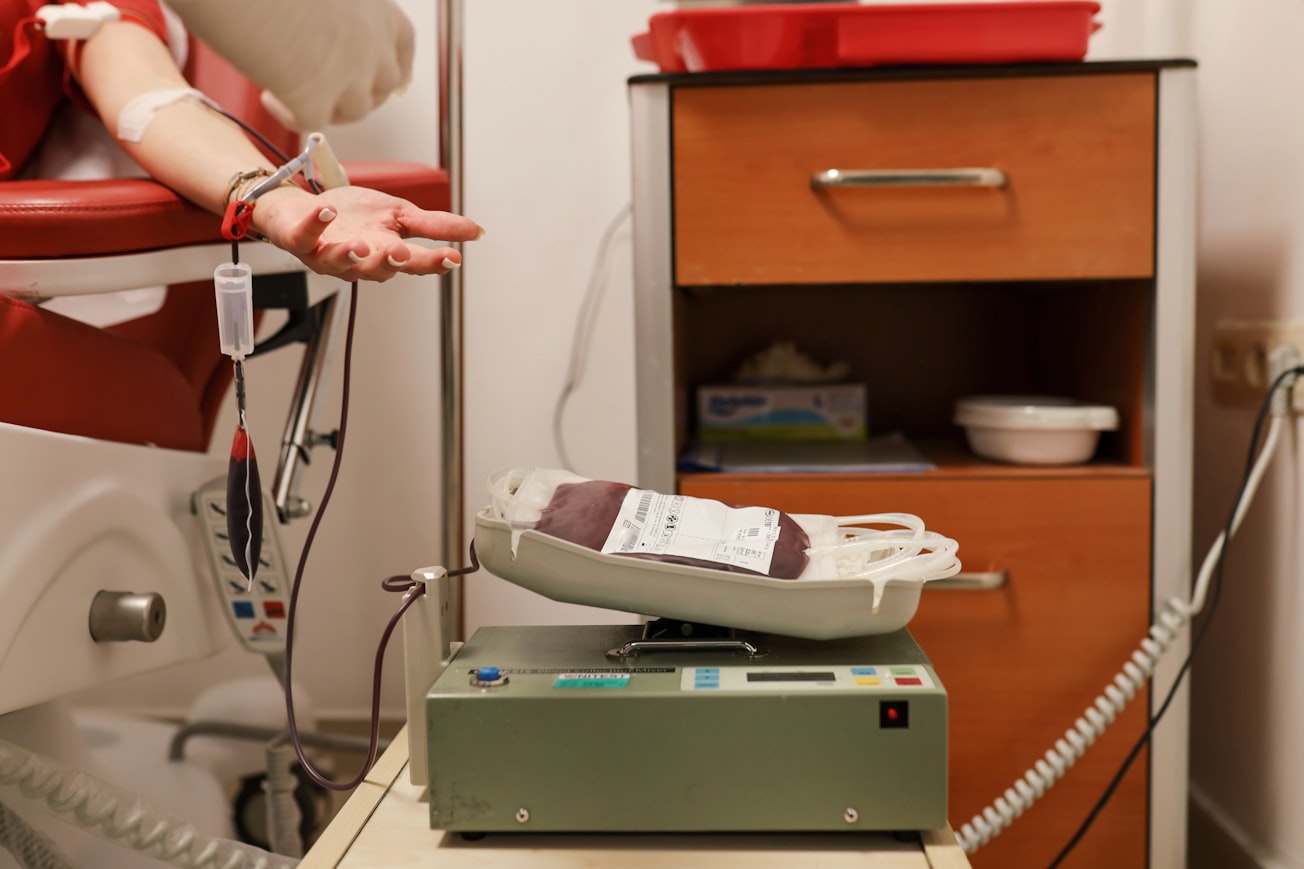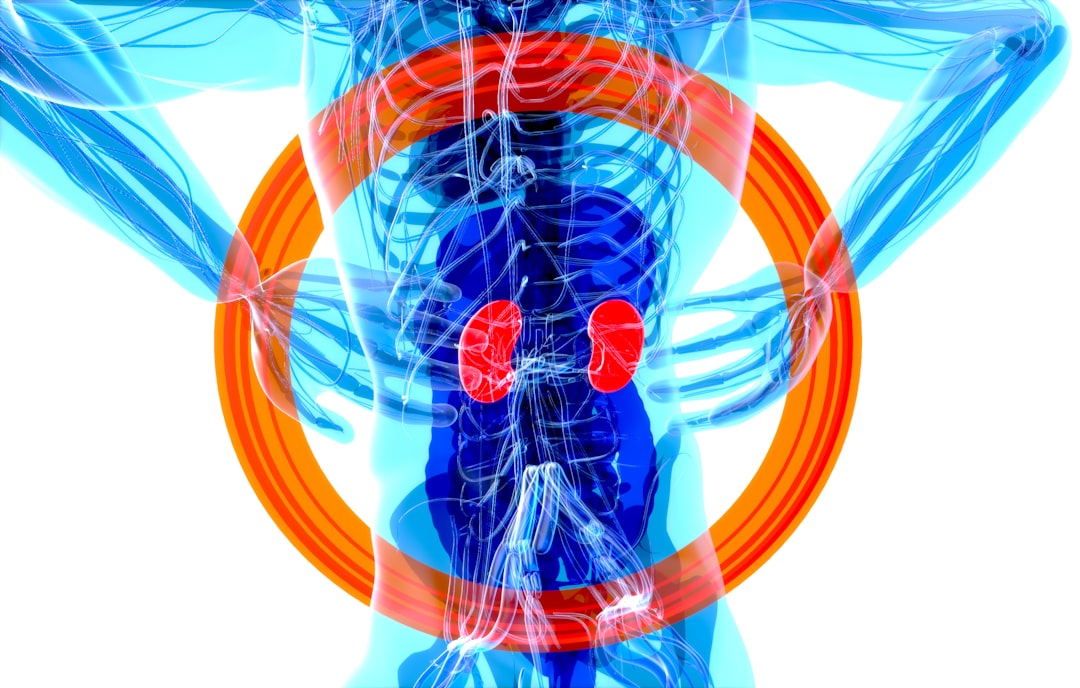What is it about?
We examined the ability of current methods used to kill viruses, bacteria and parasites in blood products to effectively kill monkeypox in donated plasma and whole blood samples. Killing the virus can prevent its transmission by transfusion of blood.
Featured Image

Photo by Yunus Tuğ on Unsplash
Why is it important?
Transfusion transmitted diseases pose a risk to people who rely on blood products to support their medical needs. As new viruses like monkeypox emerge into human populations, it is important for us to know if our current processes to protect blood safety are effective.
Perspectives
Protecting blood from transfusion transmitted diseases is a challenge that won't end until the emergence of new disease ends. Today, we thankfully have methods in place that were designed to prevent the spread of disease via transfusion of blood. When new diseases emerge and enter human populations, the potential threat to the blood supply increases. In the early stages we may not even fully know or appreciate that threat. So it is possible through these kinds of studies to evaluate firsthand the ability of such methods to inactivate the new disease causing agent and thus reduce levels of risk that might be associated with use of infected blood products.
Professor Raymond Goodrich
Colorado State University
Read the Original
This page is a summary of: Pathogen reduction of monkeypox virus in plasma and whole blood using riboflavin and UV light, PLoS ONE, January 2023, PLOS,
DOI: 10.1371/journal.pone.0278862.
You can read the full text:
Contributors
The following have contributed to this page










